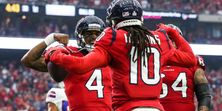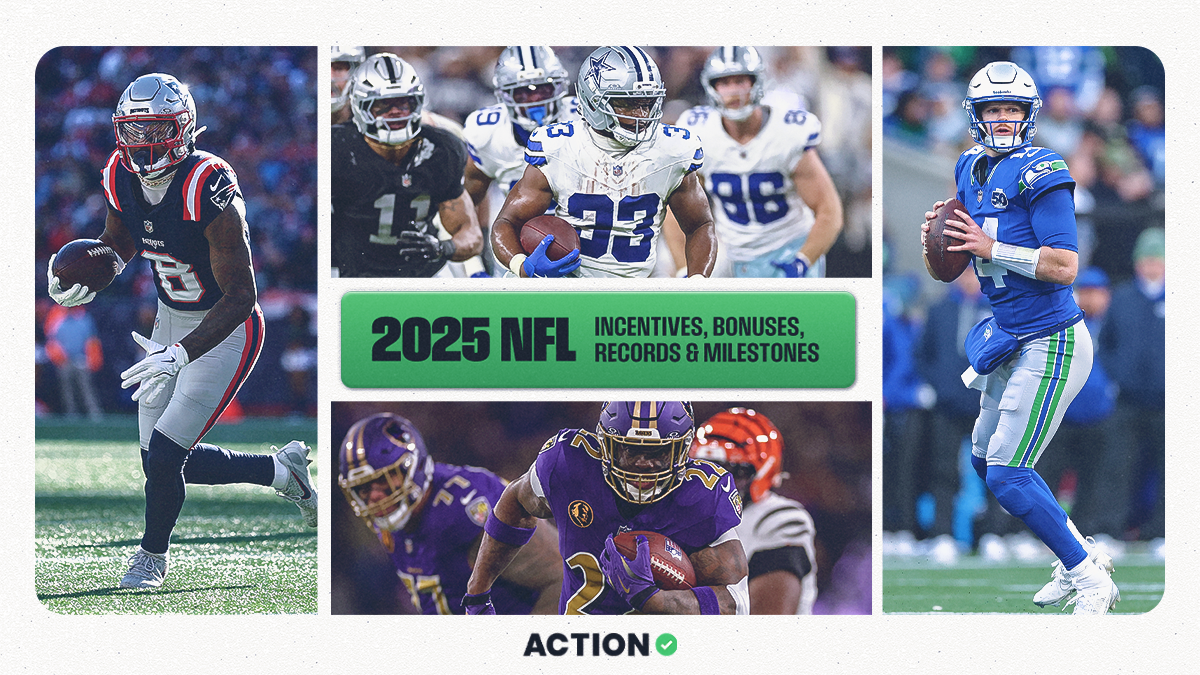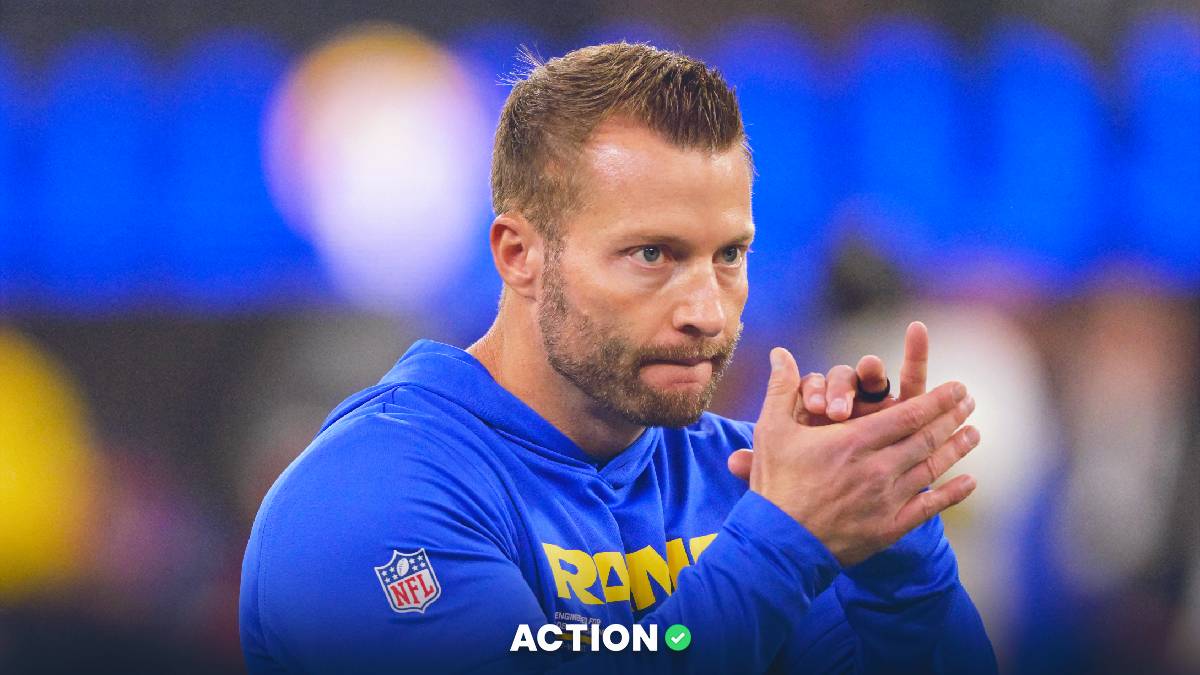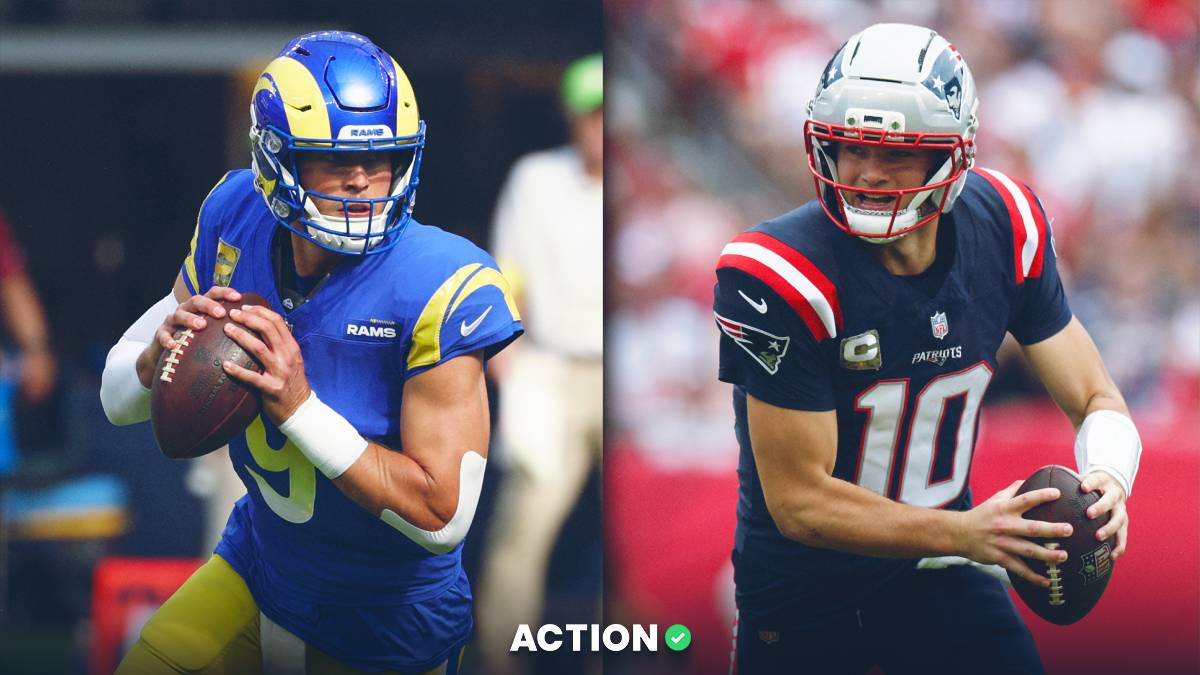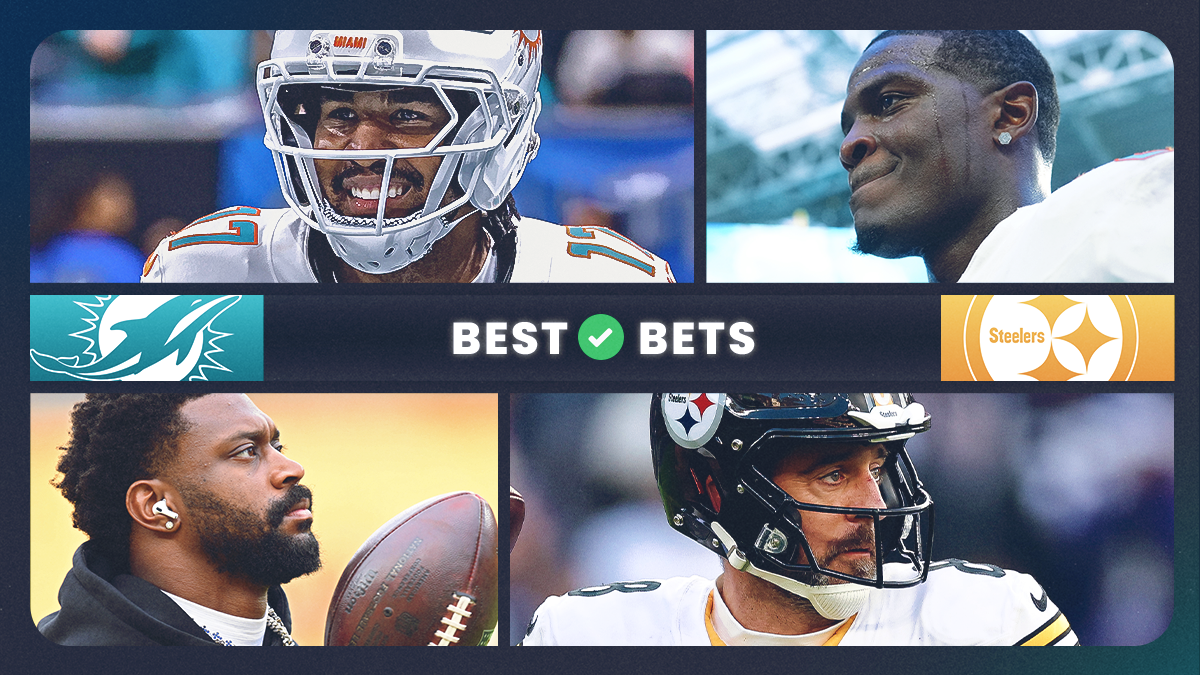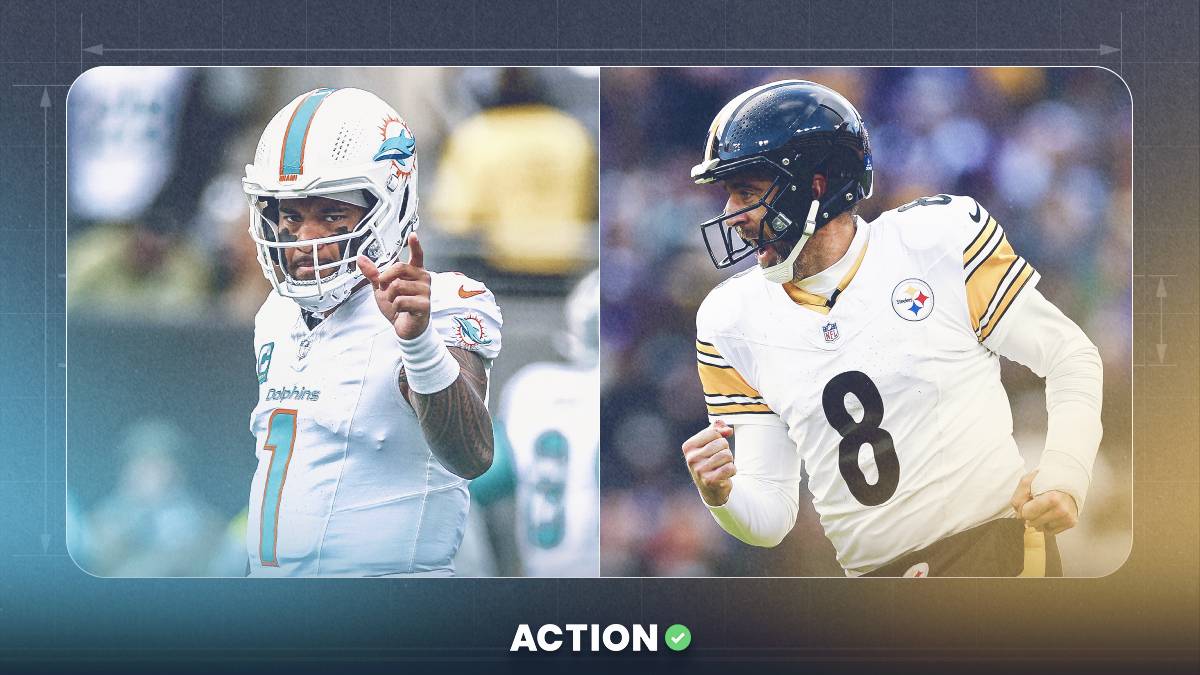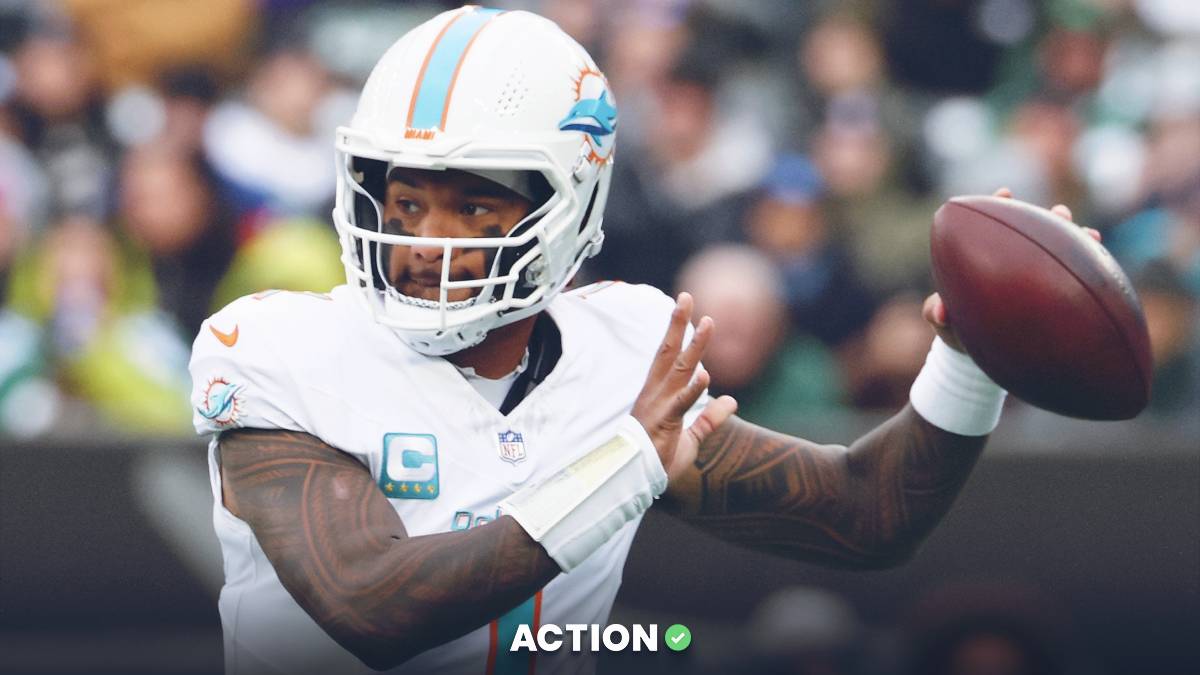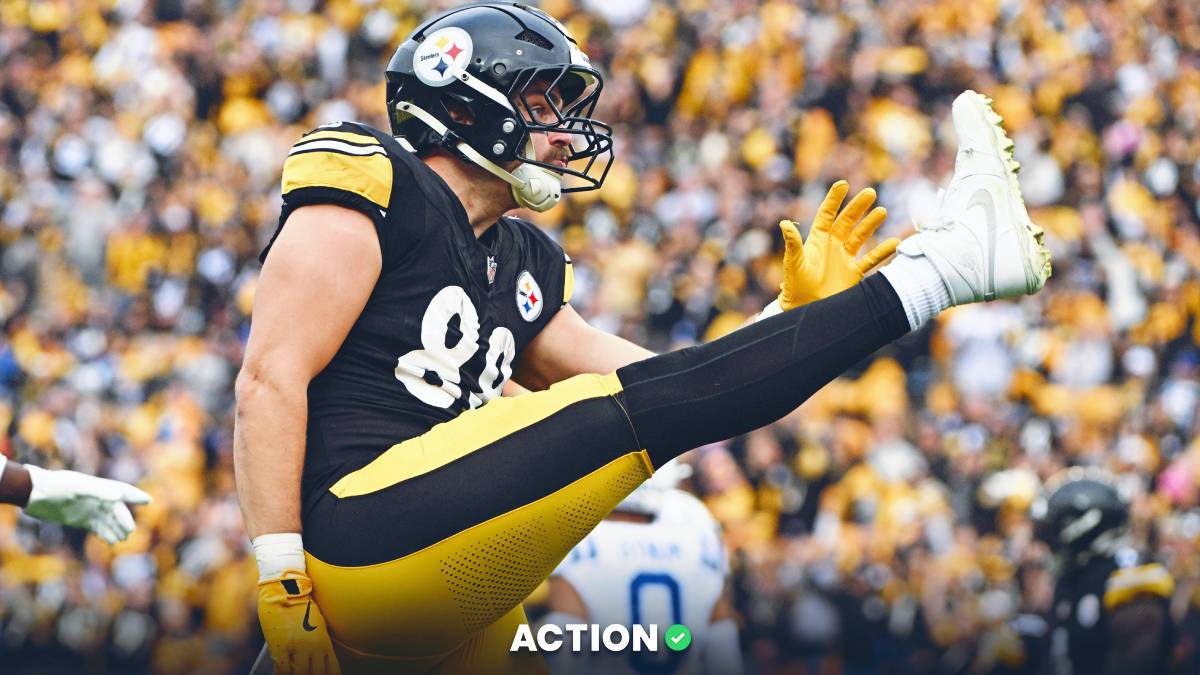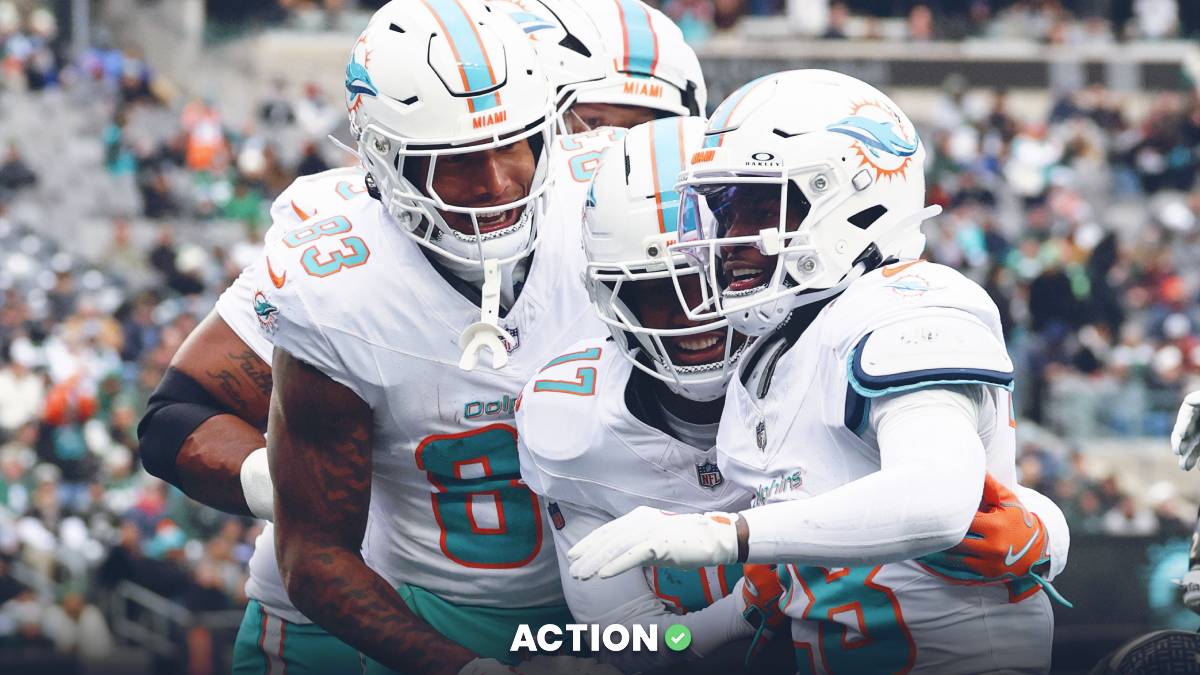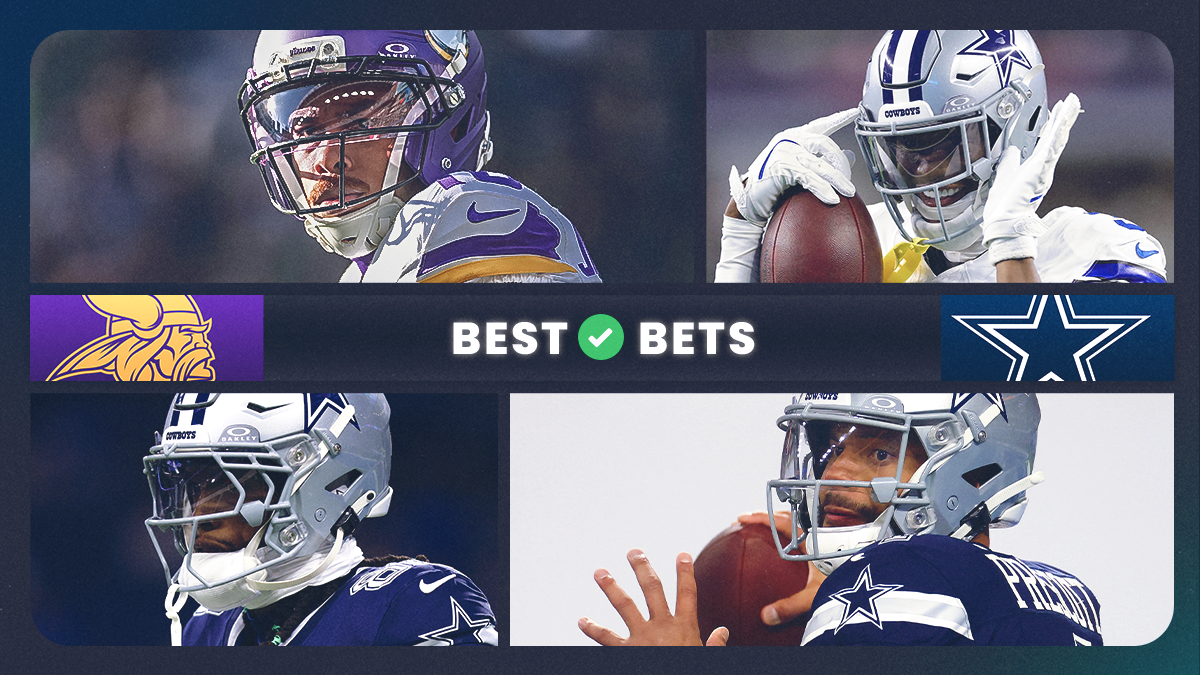- Our fantasy football experts reveal their draft strategy based on PPR vs. standard scoring formats.
Understanding how your league's scoring format can impact positional value is key to a successful draft. Fortunately, our trio of fantasy football rankers are lending their expertise to outline exactly how it changes from PPR to standard scoring.
Matthew Freedman, Sean Koerner and Chris Raybon identify the types of players they target in each of the formats below.
How Does Your Fantasy Draft Strategy Differ for PPR vs. Standard?
Matthew Freedman
In standard leagues, I tend to emphasize running back in the early rounds, and put less emphasis than I otherwise might on three-down, well-roundedness at the position. I'm especially interested in backs who seem likely to get significant work on the goal line.
In PPR leagues, I’m more willing to take something of a Zero RB approach, and I'm more focused on backs who can produce as receivers. Because of the extra boost that PPR provides to participants in the passing game, wide receivers and top-tier tight ends strike me as particularly valuable in the format, so I try to invest my premium picks in such players.
Regardless of scoring format, I almost always wait at quarterback then draft a passer with rushing ability in the later rounds. But in leagues that award six points for passing touchdowns, I am likelier than I otherwise would be to draft a quarterback in the middle rounds and try to find a player with the real chance to through 35-plus touchdowns.
Sean Koerner
Let's say half PPR is the neutral scoring system. Here's how standard vs. PPR impact positional value:
- Standard: RB is much more valuable, QB gets a bit of a boost, TE takes a slight hit, WR takes a hit
- PPR: WR is much more valuable, TE gets a bit of a boost, RB takes a slight hit, QB takes a hit
You can use our Draft Kit to see exactly how my rankings change based on scoring settings. Just keep in mind that median projections don't capture the different range of outcomes at RB and WR — I typically want to spend high draft capital to lock in WR and the rest of the draft loading up at RB to take advantage of the position's high upside.
Chris Raybon
Koerner nailed it as far as RB vs. WR: Compared to half PPR, RB is more important in standard and less important in PPR.
In standard, I'm more concerned with yards and TDs than I am in PPR, where I know I can get some cheap reception volume from slot WRs or pass-catching RB types. As such, I'm more likely to employ a more balanced approach at RB and WR in standard — I don't want to fall behind the eight-ball and get a shaky RB2/3 or WR2/3 who maybe I can count on for volume but not necessarily yards or TDs just because I went too heavy one of the positions early on.
The types of players I target definitely varies according to scoring format.
In standard, I value early-down RBs who will see goal-line work, such as Derrick Henry early and C.J. Anderson later in drafts. In PPR, three-down upside is more important early, and I value pass-catching upside (think Darwin Thompson and Tony Pollard) over two-down-plus-goal-line roles late.
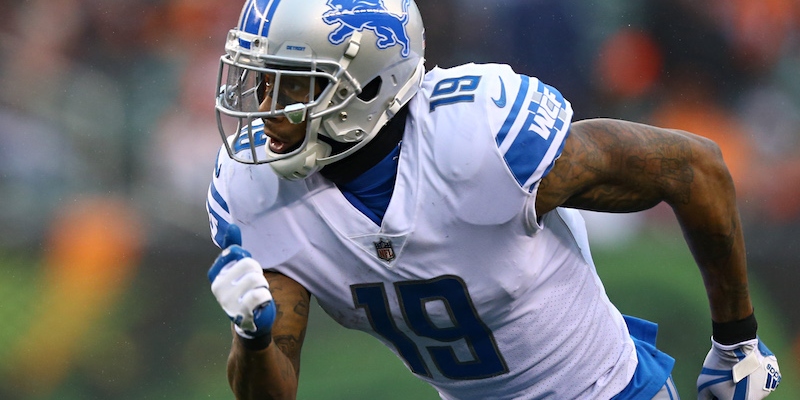
In standard, I value WRs with touchdown upside and higher average depth of target more, so guys like Kenny Golladay rise while guys like Julian Edelman drop a bit. For standard-league value, I'm looking more at perimeter types who have a shot at leading their team in yards and TDs (think Robby Anderson and Corey Davis), whereas in PPR I’d be looking to wait a bit longer and grab a receiver like Jamison Crowder and Adam Humphries instead.
In standard, I’m looking closer at who a TE's QB is because that’s the best path for undervalued TD upside (think David Njoku). In PPR, the top tier of stud TEs become more valuable because not many TEs have 100-catch upside like Travis Kelce, Zach Ertz, etc.
My QB strategy isn't changing much either way as long as it's a 1QB league.



.png)
